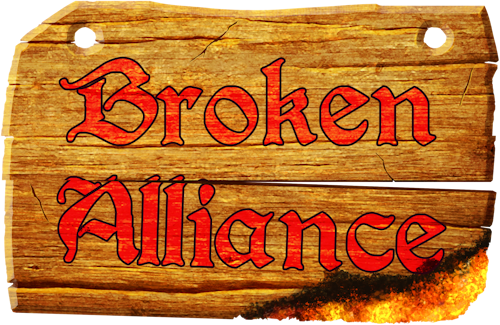 Bayag began as an engineering research facility set within the Dwarven city of Bayag En’Dura. The facility produced most of the kingdom’s mechanical workers and machinery. During the early days of the kingdom’s fracturing, the city of Bayag En’Dura was threatened with destruction by a flood. While most of the population evacuated, the engineers of the Bayag research facility mustered their Dwarven determination to salvage their research. As the waters inched closer to the facility, gears began to creak. The facility groaned and lifted above the waters on mechanical construct legs.
Bayag began as an engineering research facility set within the Dwarven city of Bayag En’Dura. The facility produced most of the kingdom’s mechanical workers and machinery. During the early days of the kingdom’s fracturing, the city of Bayag En’Dura was threatened with destruction by a flood. While most of the population evacuated, the engineers of the Bayag research facility mustered their Dwarven determination to salvage their research. As the waters inched closer to the facility, gears began to creak. The facility groaned and lifted above the waters on mechanical construct legs.
The facility adopted the name of Bayag and constructed additional mobile sections to accommodate those relocated by the evacuation. The inspirational story and sight of Bayag caused some from other towns to join as it roamed across the shattered post-kingdom, though the natural danger and strict lifestyle of the city tempered this immigration. The current population of Bayag remains dominated by Dwarves, with Cog constituting most of the remaining population.
The Dwarven aesthetic is strong in Bayag. Stone is heavily incorporated into the construction of city blocks. Sturdy square architecture tops the platforms, with tunnels networking below. In the bowels, a complicated and dangerous mobility mechanism is manned and maintained by the bravest of engineers. Each block of the city independently walks on forty-foot tall, segmented legs which can maintain stable motion up to ten miles per hour.
About three additional miles per hour can be gained while allowing rough travel. Beyond that, the structural integrity of the city block is threatened. When not in motion, certain legs can raise to attach themselves to neighboring city blocks and be crossed as bridges.
The city constantly seeks out resources as it traverses the land. Disputes arise often as to ownership of resources once controlled by the kingdom, and the immense legs can cause damage to land claimed by other cities. These tensions were ignited when an incident occurred where a line of citizens stood in the way of the city to peacefully prevent Bayag from taking resources. In what Bayag claims was a mistake of the early mechanical systems, the city did not stop, crushing the helpless people under the massive legs of the city.
Bayag attempts to continue trade with other cities, offering refined metal, mechanical workers, and knowledge of mechanical construction, though they keep their prized knowledge of massive construction secret. But with the tumultuous political landscape of the broken alliance, many city blocks have been altered for war. Heavily armored blocks with mounted weapons are moved closer to conflict, while the more vulnerable sections are moved away from danger. The similarity to naval combat has caused the engineers in charge of mobility to be referred to as sailors.
Bayag is a strict city run by a council with absolute authority. Social order is highly respected and followed. Leadership is largely based on merit. Researchers and the stalwart maintenance workers are highly respected castes within Bayag. With the small population and high demands the city infrastructure requires to continue operating, incarceration is an unpopular punishment method. Instead, criminal offenses are punished by severity in ascending order: social humiliation, fines, forced labor, exile, and being sold into slavery.

 Kalmak was among the original engineers from Bayag En’Dura. Like most Dragons born after antiquity, Kalmak is roughly the size of a Human. His scales shine with a teal hue. Twin nubs sit where his wings should be due to a birth defect. He overcame this limitation by learning the fabrication of cog parts and fabricated himself mechanical wings, sparking a passion for the art that made him one of the foremost experts in the current day. This expertise was critical to the salvation of the Bayag facility, earning him much renown and authority.
Kalmak was among the original engineers from Bayag En’Dura. Like most Dragons born after antiquity, Kalmak is roughly the size of a Human. His scales shine with a teal hue. Twin nubs sit where his wings should be due to a birth defect. He overcame this limitation by learning the fabrication of cog parts and fabricated himself mechanical wings, sparking a passion for the art that made him one of the foremost experts in the current day. This expertise was critical to the salvation of the Bayag facility, earning him much renown and authority.
 Considered to be Kalmak’s magnum opus, O hardly looks Human anymore. Most of his body is made of mythral Cog parts of Kalmak’s latest and most audacious designs. His modifications have made him renowned as the fasted Human alive, possibly ever.
Considered to be Kalmak’s magnum opus, O hardly looks Human anymore. Most of his body is made of mythral Cog parts of Kalmak’s latest and most audacious designs. His modifications have made him renowned as the fasted Human alive, possibly ever.




